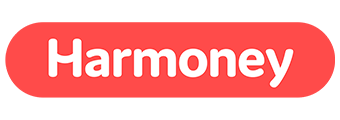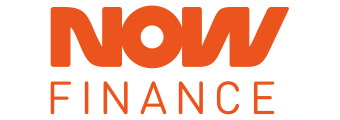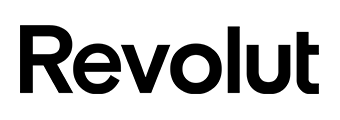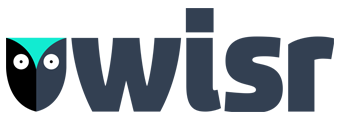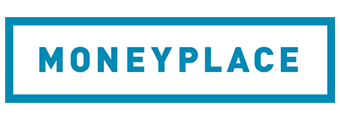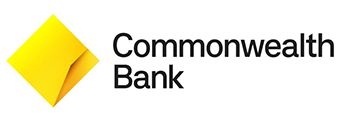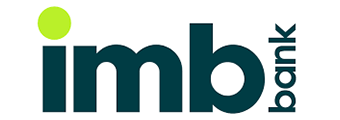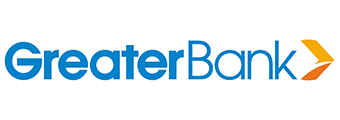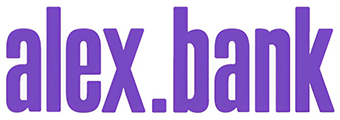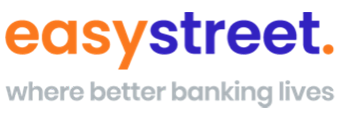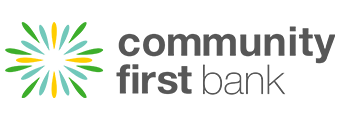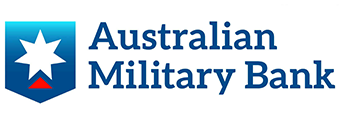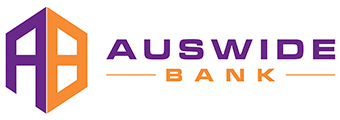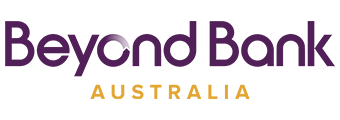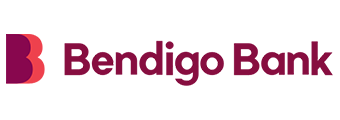
Programs like HECS/HELP work differently to normal consumer loans in that students don’t pay interest, but they remain a substantial debt obligation. The most recent ABS estimates suggest Australians aged between 25 and 34 have 0.49 times the average amount of deposit assets for an Australian household, but 1.14 times the debt.
These days, taking on significant debts early on in life is practically a rite of passage. According to the ATO, it takes the average Aussie more than nine years to pay off student loans, a figure steadily increasing over time.
On top of this, many Australians completing tertiary education now take out additional, more conventional loans, to meet other costs outside of tuition. Or they need to pay for education courses not covered under government schemes.
Secured loans for houses and cars have always been commonplace, but what if you need an education loan? We’ll explore your options.
Personal loans for education in Australia
HECS or other higher education loan programs mean students have few immediate out of pocket expenses for the course itself, but as anyone who has studied can attest to, there are plenty of costs beyond tuition that can quickly add up. Lots of students/apprentices end up needing further loans to cover expenses like:
-
Textbooks and other study materials
-
Laptops
-
Living expenses
-
Stationery
-
Tools
-
Transport
-
Courses not covered under HECS/HELP or VET loans
Who offers personal loans for education in Australia
Most lenders who offer personal loans will allow the funds to be used for education expenses. In most instances, the assessment will be the same as for any loan. Rates typically vary based on risk, which is calculated based on income and expenses and credit history, among other things.
Bendigo Bank, for example, has a special discounted rate for unsecured personal loans for students, lower than the standard unsecured loan.
As you might not have an asset (car, house) to secure the loan against, if you are shopping around for a loan to cover expenses, you might need to choose an unsecured loan. However, you will still need to pass income assessments and a credit check - on a student budget this might not be feasible, and you will have to consider how personal loan payments factor into your budget.
See Also: Personal Loan Calculator
Education Loan providers
| Lender | Car Loan | Interest Rate | Comparison Rate* | Monthly Repayment | Interest Type | Secured Type | Early Exit Fee | Ongoing Fee | Upfront Fee | Total Repayment | Early Repayment | Instant Approval | Online Application | Tags | Features | Link | Compare | Promoted Product | Disclosure |
|---|---|---|---|---|---|---|---|---|---|---|---|---|---|---|---|---|---|---|---|
5.76% p.a. | 5.76% p.a. | $384 | Fixed | Unsecured | $0 | $0 | $275 | $23,066 |
| Promoted | Disclosure | ||||||||
6.28% p.a. | 6.28% p.a. | $389 | Fixed | Unsecured | $0 | $0 | $0 | $23,356 |
| Promoted | Disclosure | ||||||||
5.95% p.a. | 5.95% p.a. | $386 | Fixed | Unsecured | $0 | $0 | $0 | $23,171 |
| Promoted | Disclosure | ||||||||
6.56% p.a. | 6.56% p.a. | $392 | Fixed | Unsecured | $0 | $594 | $0 | $23,513 | |||||||||||
7.54% p.a. | 9.08% p.a. | $401 | Fixed | Unsecured | $0 | $0 | $595 | $24,068 | |||||||||||
6.30% p.a. | 6.30% p.a. | $389 | Fixed | Unsecured | $0 | $0 | $0 | $23,367 | |||||||||||
7.49% p.a. | 8.18% p.a. | $401 | Fixed | Unsecured | $300 | $10 | $150 | $24,040 | |||||||||||
6.99% p.a. | 6.99% p.a. | $396 | Fixed | Unsecured | $0 | $0 | $0 | $23,756 | |||||||||||
7.00% p.a. | 8.05% p.a. | $396 | Fixed | Unsecured | $0 | $15 | $0 | $23,761 | |||||||||||
8.98% p.a. | 9.34% p.a. | $415 | Fixed | Unsecured | $0 | $0 | $250 | $24,898 | |||||||||||
8.99% p.a. | 9.38% p.a. | $415 | Fixed | Unsecured | $0 | $0 | $275 | $24,904 | |||||||||||
8.49% p.a. | 8.49% p.a. | $410 | Fixed | Unsecured | $0 | $0 | $0 | $24,614 | |||||||||||
8.99% p.a. | 9.35% p.a. | $415 | Fixed | Unsecured | $0 | $0 | $250 | $24,904 | |||||||||||
8.99% p.a. | 10.02% p.a. | $415 | Fixed | Unsecured | $0 | $10 | $249 | $24,904 |
Higher education loan program (HELP) explained
At the end of 1987, the Australian government, aiming to improve the quality of education in Australia post secondary school, proposed a system whereby the “direct beneficiaries of higher education” would help to pay for it. Rather than pricing out some Australians, the government ended up passing the Higher Education Funding Act in 1988, which established Higher Education Contribution Scheme (HECS).
The new policy allowed students to defer payments of tuition fees until they reached a certain income threshold after graduation. In 2005, this was expanded to become the Higher Education Loans Program, which offered loans for different types of tertiary education beyond university, and are broken down into three main categories:
-
Higher Education Contribution Scheme - HECS: For university students. Repayments only apply after meeting an income threshold. Indexed 1 June every year to inflation.
-
Vocational Education and Training - VET: A student loan (VSL) is available for eligible students studying approved courses e.g. through TAFE or for trades and other vocations. Same indexation and income thresholds apply.
-
Commonwealth Supported Places - CSP: The government pays a portion of the course fee as a subsidy, with no obligation to pay it back. Only certain courses offer CSP funding.
To qualify for these loans, students need to be an Australian citizen, on an eligible New Zealand special category visa or on a permanent humanitarian visa.
Income thresholds for HELP/TSL
|
2023/2024 income |
Repayment % rate |
|---|---|
|
Below $51,550 |
Nil |
|
$51,550 - $59,518 |
1.00% |
|
$59,519 - $63,089 |
2.00% |
|
$63,090 - $66,875 |
2.50% |
|
$66,876 - $70,888 |
3.00% |
|
$70,889 - $75,140 |
3.50% |
|
$75,141 - $79,649 |
4.00% |
|
$79,650 - $84,429 |
4.50% |
|
$84,430 - $89,494 |
5.00% |
|
$89,495 - $94,865 |
5.50% |
|
$94,866 - $100,557 |
6.00% |
|
$100,558 - $106,590 |
6.50% |
|
$106,591 - $112,985 |
7.00% |
|
$112,986 - $119,764 |
7.50% |
|
$119,765 - $126,950 |
8.00% |
|
$126,951 - $134,568 |
8.50% |
|
$134,569 - $142,642 |
9.00% |
|
$142,643 - $151,200 |
9.50% |
|
$151,201 and above |
10.00% |
Correct for the 2023-24 financial year.
Centrelink
There are also various social security payments students might be eligible for that could help them with their student expenses.
-
Youth Allowance is available for Australians under 24 years old who are either studying or completing an apprenticeship.
-
AusStudy offers financial help for students or apprentices over 25.
-
ABStudy is a Centrelink payment for students or apprentices of an Aboriginal or Torres Strait Islander background.
What HELP doesn’t cover
While most vocational and university courses are covered by HELP, that doesn’t mean you can get these loans for all types of further education. There are plenty of areas of study you might be undertaking where you won’t be eligible for a HELP loan, and might need to consider a personal loan to pay your tuition.
-
Upskilling for trades. HELP loans help Australians to complete apprenticeships, and be qualified to work in their trade. However, there are many specialist areas where tradespeople need further qualifications to be able to work, which HELP loans usually don’t cover. For example, an electrician who wants to work in the mines might need to complete a High Voltage switching course, which can cost thousands of dollars and isn’t covered by HELP, although there is often some state funding available for these kinds of courses.
-
Contracting license. Some trades require further study in order to get your contractors licence, to perform jobs as a sole tradesperson.
-
Courses where the cost exceeds a capped amount. With VET student loans, the maximum amount that can be loaned for each course is capped. If you are studying somewhere that charges fees that exceed this, HECS will not cover the difference.
-
Loans that would mean the student exceeds a threshold. For most students, the HELP loan limit is $113,028 as of 2023. For certain professions, including medicine, dentistry and veterinary science, that limit increases to $162,336. If you are enrolling in a unit of study that means your HECS amount will exceed your limit, you might have to pay the difference.
-
You’re going to a private university: If you’re going to a private university, such as Bond or Notre Dame, you will need to look at FEE-HELP, which is capped at the HELP rate. Many degrees at these universities cost well over the $113,000 limit.
Pros of using a personal loan for educational purposes
Loans could mean you can afford everything you need
Most people who are studying aren’t exactly flush with capital. A new laptop worth $1,000 is more than the net worth of plenty of university students. Education related expenses can quickly add up, and for a lot of students, an education loan is the only way for them to get hold of everything they need.
Free up cash flow
Even if you could stretch your budget to accommodate paying all your major student expenses in lump sums, using a loan to spread these costs over an extended period of time could improve your cash flow.
Let's say you’re a student who works part time, earning $300 a week. Most of this goes on living expenses, but you’re able to save a small amount so after a few months, you have $2,000 worth of savings. You then need to buy a laptop and other miscellaneous expenses which will pretty much wipe out everything you have saved, but the expenses keep rolling through.
You can either take the hit, spend all your money and live off scraps for a few months, or take out an education loan. You’ll end up paying more over the loan term, but you’ll pay it off in more manageable instalments, so you aren’t left scrimping for change at any one point and living off noodles.
Build credit history
More and more Aussies are using debt to fund their lifestyle. Building a strong credit history is one of the best ways to improve your chances of being approved for all types of loans later in life. When the time comes to get a home loan, having paid off a loan without any late repayments will usually be a tick in the eyes of your lender. Personal loans for education could be a good opportunity to get this under your belt early on.
Read more: Improving your chances of being accepted for a home loan
Cons of using a personal loan for education
Interest bill
As with any loan, students need to factor in interest bills when considering whether an education loan is worth it. Even at a relatively low rate, interest payments can add up, particularly if the borrower is only making minimum repayments.
For example, a $25,000 loan fixed at 8% p.a for three years would mean a $3,202.73 interest bill that would have been avoided if the student had found a way to meet expenses up front.
Risk of default and financial stress
Students considering a personal loan for education should weigh up the potential risks before taking on the debt. While paying off a loan without a hiccup helps improve your credit history, late repayments or a default are usually a black mark that could set you back.
Debts can quickly become overwhelming, so its important to assess your own financial situation and not rely on your lender being responsible. If you think you might run into difficulty paying off the loan, it might be worth rethinking whether it's the wisest move.
